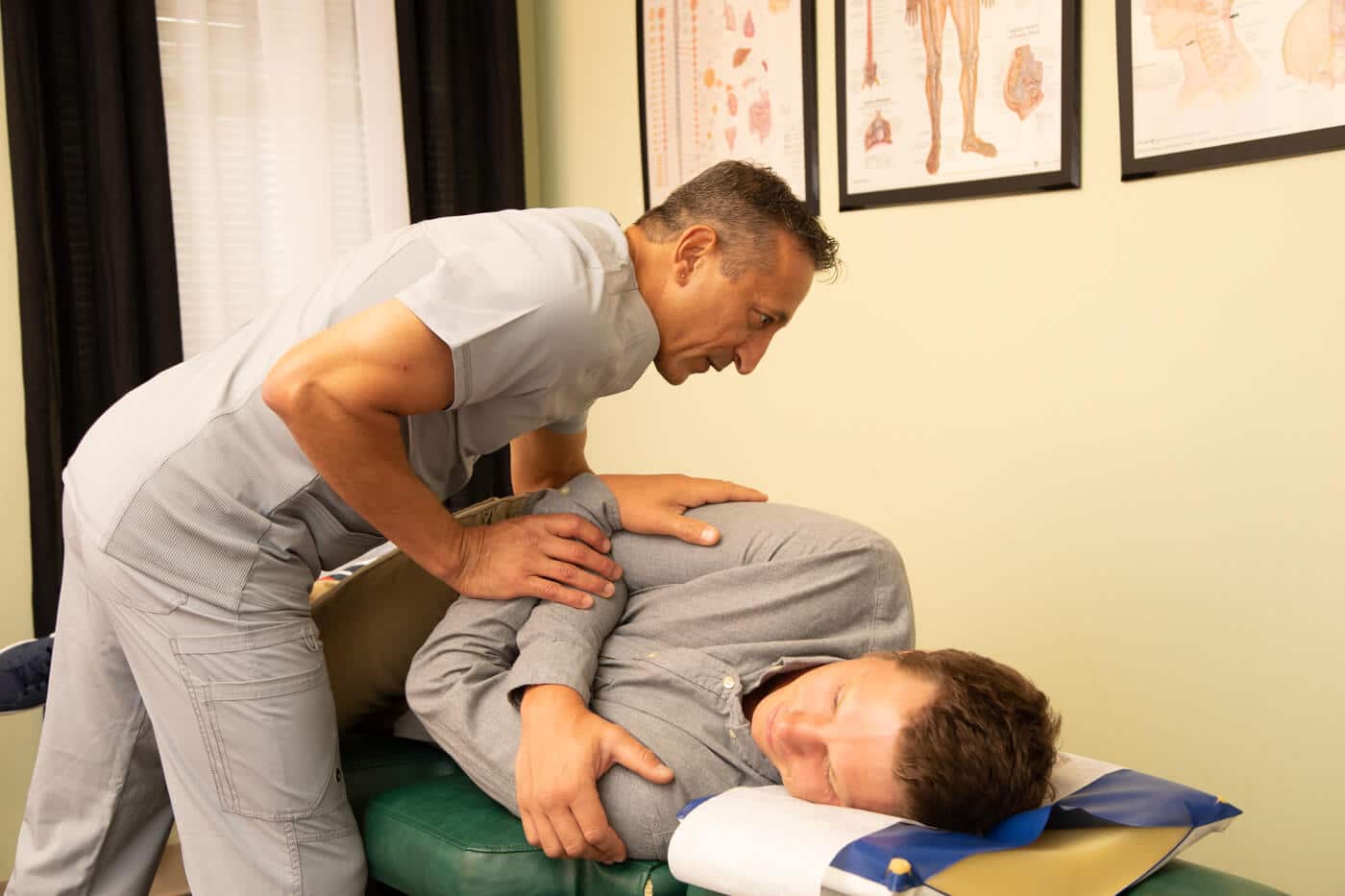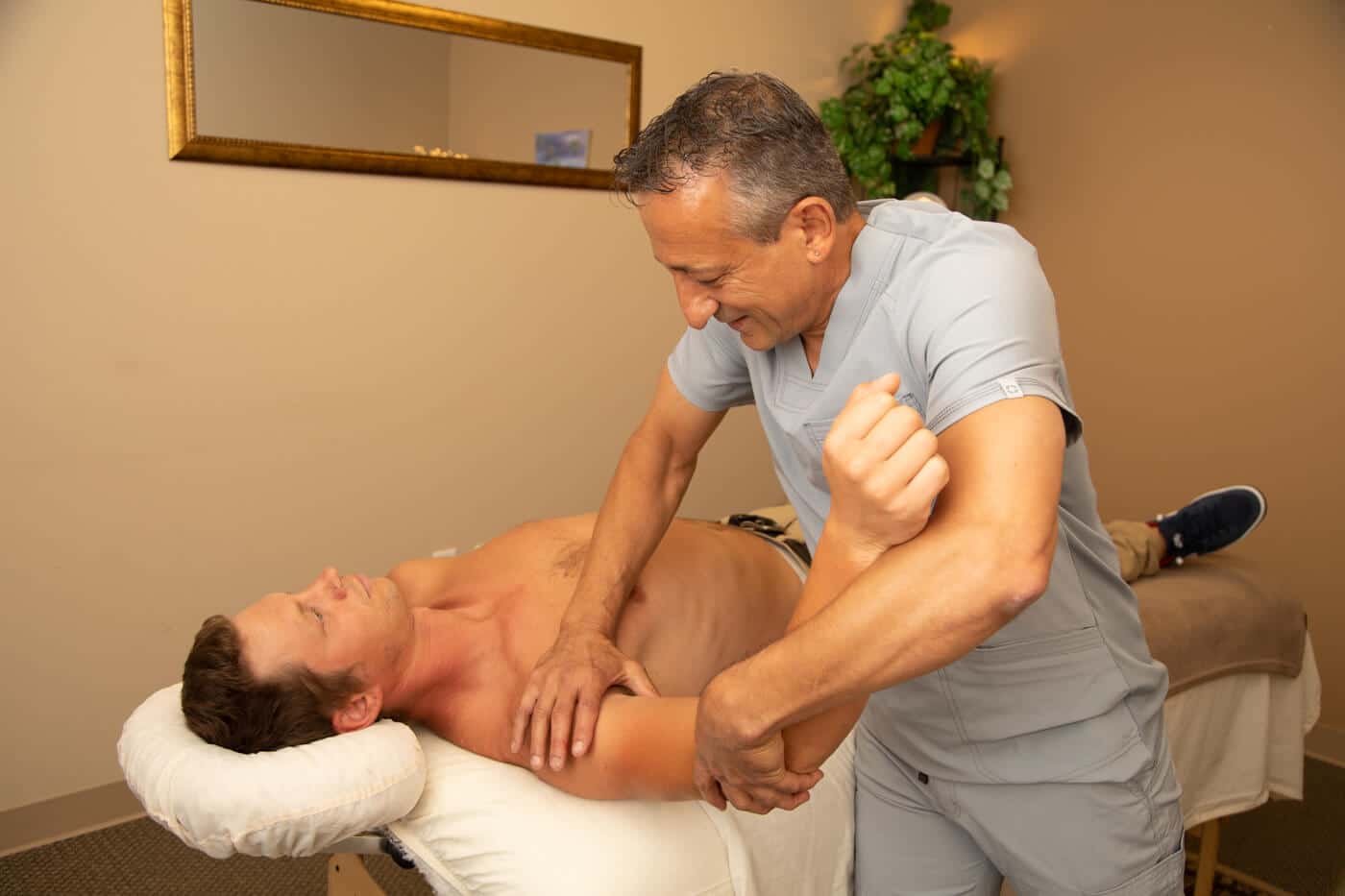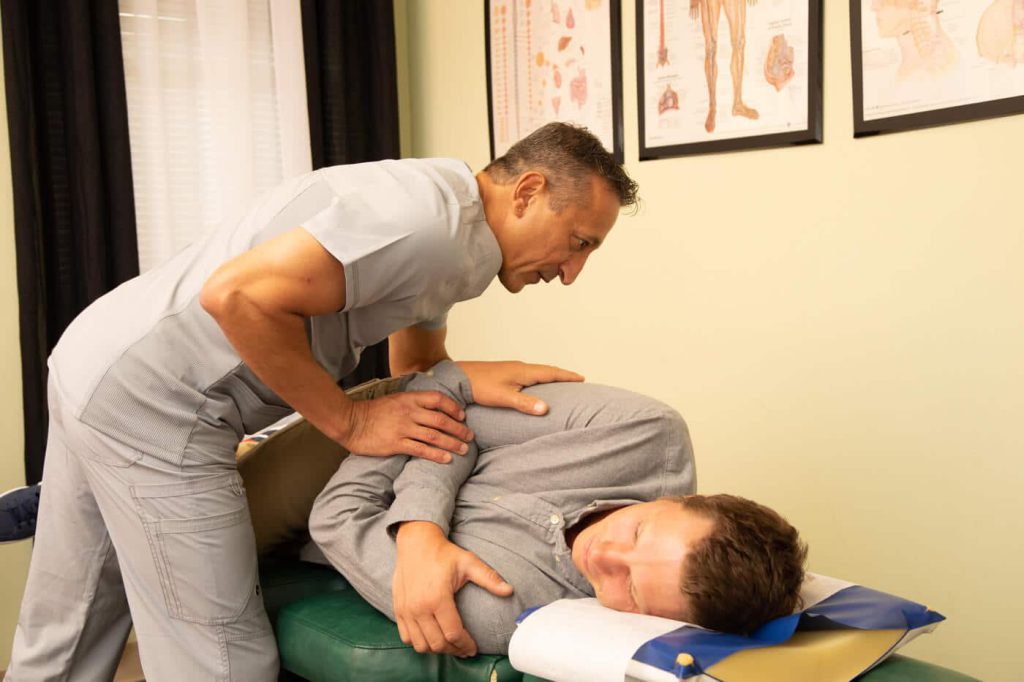Whiplash Expert Treatment





What is Whiplash?
Whiplash is an injury to the neck muscles from rapid forward and backward motion of the neck caused by a trauma (eg, a car accident). It can cause acute (short-term) neck pain as well as restricted movement in your neck.
CHIROPRACTIC CARE FOR WHIPLASH
If you have neck pain caused by whiplash, you may want to visit a chiropractor who can provide many non-surgical treatment options for relief.
Whiplash is an injury to the neck muscles from rapid forward and backward motion of the neck caused by a trauma (eg, a car accident). It can cause acute (short-term) neck pain as well as restricted movement in your neck.
CHIROPRACTIC TREATMENTS FOR WHIPLASH IN BEAVERTON OREGON
Whiplash is a common injury that occurs when the head and neck are abruptly jerked forward and backward, causing damage to the soft tissues in the neck. This type of injury is often caused by car accidents, sports accidents, and falls.
At Integrity Auto & Work Injury Chiropractic Clinic, we understand the pain and discomfort that comes with a whiplash injury. Our team of experienced chiropractors is dedicated to providing effective and compassionate care to help you recover as quickly and fully as possible.
Our treatment approach for whiplash injuries includes a combination of manual therapies, exercises, and modalities to help alleviate pain, reduce inflammation, and improve range of motion. Some of the specific treatments we may use include:
- Chiropractic adjustments: Our chiropractors use gentle, precise adjustments to realign the bones in the neck and relieve pressure on the soft tissues.
- Soft tissue therapies: We may use techniques like massage, myofascial release, and trigger point therapy to relax tense muscles and reduce pain.
- Rehabilitation exercises: We will design a personalized exercise program to help strengthen and stretch the muscles in the neck to improve range of motion and prevent future injuries.
- Modalities: We may use modalities such as ultrasound, electrical muscle stimulation, and cold laser therapy to reduce pain and inflammation.
Our team will work closely with you to determine the best course of treatment for your individual needs. We understand that no two cases of whiplash are exactly alike, and we will tailor your care to your unique needs and goals.
We are committed to helping you achieve the best possible outcome and return to your normal activities as quickly as possible. We will work closely with you to set realistic goals and develop a plan to help you reach them.
If you or a loved one is suffering from a whiplash injury, don’t hesitate to contact us at Integrity Auto & Work Injury Chiropractic Clinic. We will work with you to develop a personalized treatment plan that helps you achieve optimal health and wellness.
HOW DOES A CHIROPRACTOR DIAGNOSE A WHIPLASH INJURY?
The chiropractor evaluates your spine as a whole—even if you go to the chiropractor complaining of neck pain following a trauma. He or she will examine the entire spine because other regions of the spine may be affected (not just your neck).
The chiropractor identifies any areas of restricted joint motion, intervertebral disc injury, muscle spasm, and ligament injury. He or she may use a technique called motion and static palpation—diagnostic techniques that involve touch. Your chiropractor will also feel for tenderness, tightness, and how well your spinal joints move.

He or she will also analyze how you walk and take note of your posture and spinal alignment. These details will help the chiropractor understand your body’s mechanics and how your spine works, helping with the diagnosis process.
In addition to the chiropractor’s evaluation of your spine, he or she may order an x-ray or an MRI of your spine to evaluate any degenerative changes that may have existed before your whiplash injury. The diagnostic images and results of your physical and neurological evaluation are compared to develop the best treatment plan.
STAGES OF WHIPLASH TREATMENT
Soon after whiplash occurs—in the acute phase—the chiropractor will work on reducing neck inflammation using various therapy modalities (eg, ultrasound). He or she may also use gentle stretching and manual therapy techniques (eg, muscle energy therapy, a type of stretching).
The chiropractor may also recommend you apply an ice pack on your neck and/or a light neck support to use for a short period of time. As your neck becomes less inflamed and the pain decreases, your chiropractor will perform gentle spinal manipulation or other chiropractic techniques to restore normal motion to your neck’s facet joints.
CHIROPRACTIC WHIPLASH TREATMENTS
Your treatment plan depends on the severity of your whiplash injury. The most common chiropractic technique is spinal manipulation. Some spinal manipulation techniques commonly used are:
Flexion-distraction technique: Flexion Distraction is a gentle chiropractic method that is usually used on patients with neck or low back pain. These issues can be caused from bulging discs or herniations. When any portion of the spinal column is under stress, it causes problems with other areas of the body, including the arms and legs.
The goal of this treatment is to relieve the pressure on the spinal nerves and regain proper spinal motion. This method of therapy is non-surgical and can even be used on patients who have suffered injuries.

- Instrument-assisted manipulation: As technology advances, so do chiropractic techniques. Instrument adjusting has become the fastest growing form of chiropractic manipulation due to its ease of use for the chiropractic practitioner and the safety to the patient. It can take quite a bit of effort to perform a proper chiropractic adjustment, and most chiropractors can attest to having suffered any number of shoulder, back and wrist injuries from treating patients over the course of their practice.
- Specific spinal manipulation: The chiropractor identifies spinal joints that are restricted or show abnormal motion (called subluxations). Using this technique, he or she will help restore motion to the joint with a gentle thrusting technique. This gentle thrusting stretches soft tissue and stimulates the nervous system to restore normal motion to the spine.
In addition to spinal manipulation, the chiropractor may also use manual therapy to treat injured soft tissues (eg, ligaments and muscles). Some examples of manual therapies your chiropractor may use are:
Instrument-assisted soft tissue therapy: Instrument Assisted Soft Tissue Mobilization or IASTM is a technique which enables the clinician to treat individuals diagnosed with soft tissue injury. IASTM is performed with medical grade steel instruments that detect and treat fascial restrictions as well as scar tissue.
- Manual joint stretching and resistance techniques: Manual resistance techniques can be thought of as a form of therapeutic stretching. The techniques can be used on basically any muscle in the body as a way to relax tissues, increase range of motion, and decrease pain. These techniques can be used on both acute and chronic injuries.
- Therapeutic massage: Chiropractic therapeutic massage offers a combination of massage therapy and chiropractic care to help support whole spine and body health in the patient.
Your chiropractor uses traditional adjustments to release any subluxations that could be causing your pain and discomfort, as well as promoting healing to your muscle fibers and soft tissue. Massage is then used to help promote healing and wellness to the smaller systems of your body that may otherwise get forgotten during a chiropractic adjustment, such as your limbic and nervous systems.
Chiropractic adjustments focus on the hard tissue of the body, such as the vertebrae and joints of the spine, and massage focuses on the soft tissues, including muscle.
Trigger point therapy: Trigger Point Therapy essentially loosens these knots, allowing improved blood flow to the chronically spasmodic areas. As a result, the areas begin to heal. As soon as the knots are relieved, there is often an immediate and remarkable reduction in pain, soreness, and discomfort, as well as the beginning of long-term relief. If pursued properly over a number of sessions, the muscles will heal themselves and the symptoms will be abated. The treatment is simple, minimally invasive and quick. Improvement is usually noted after each visit.
Sources:

